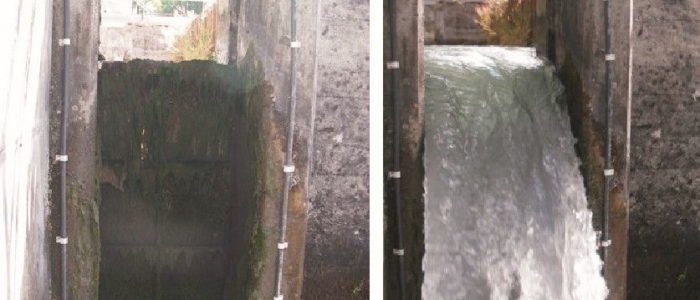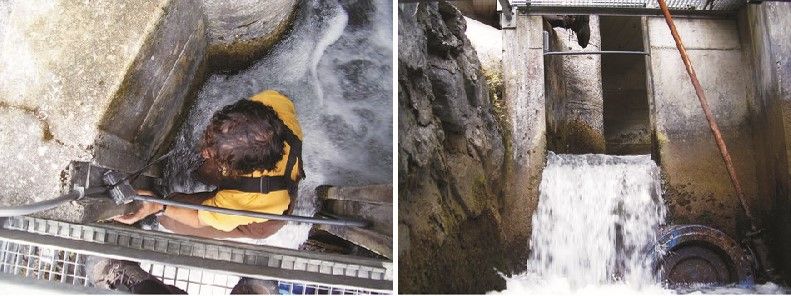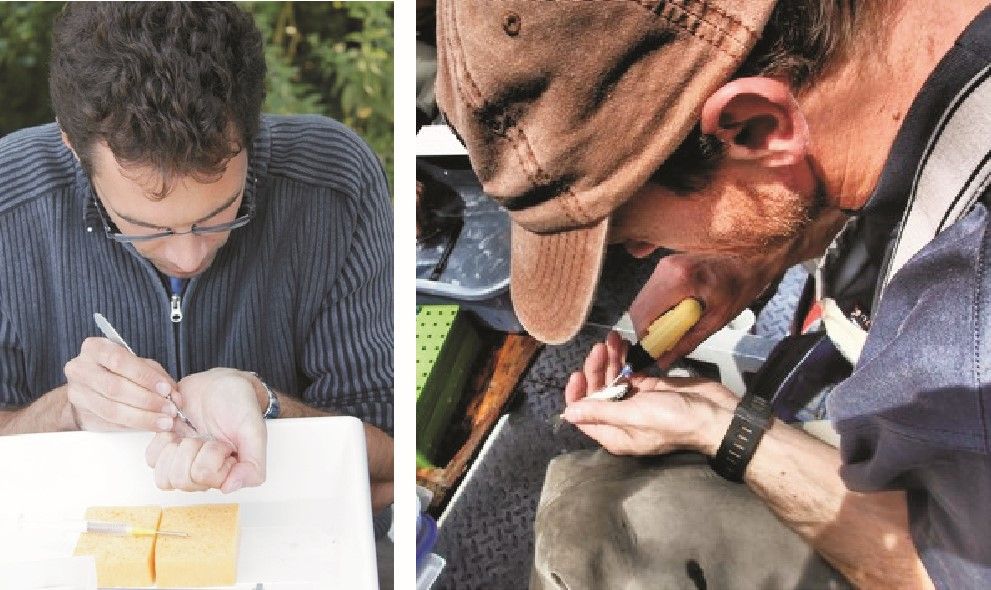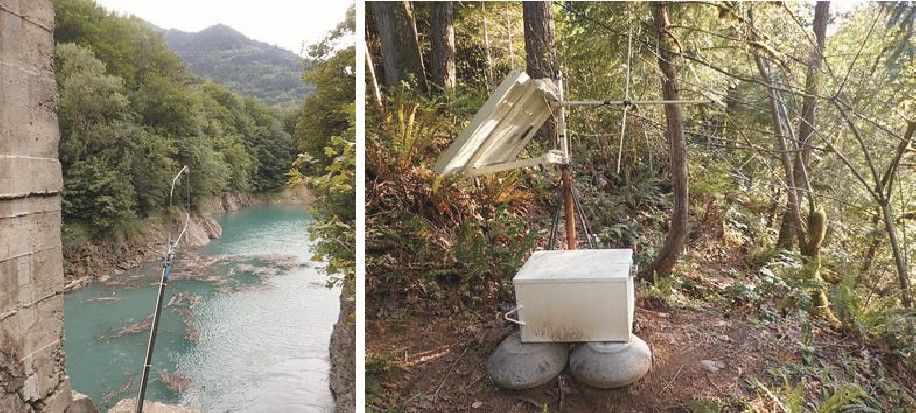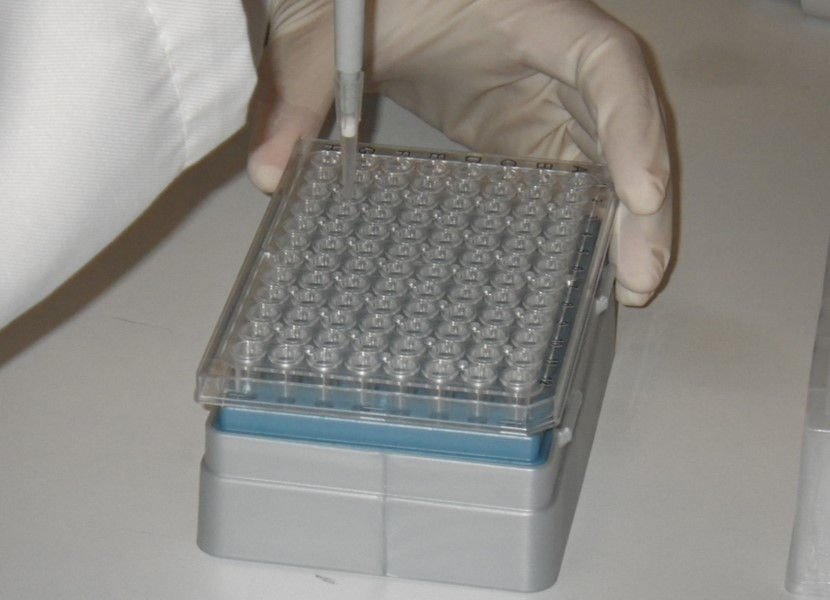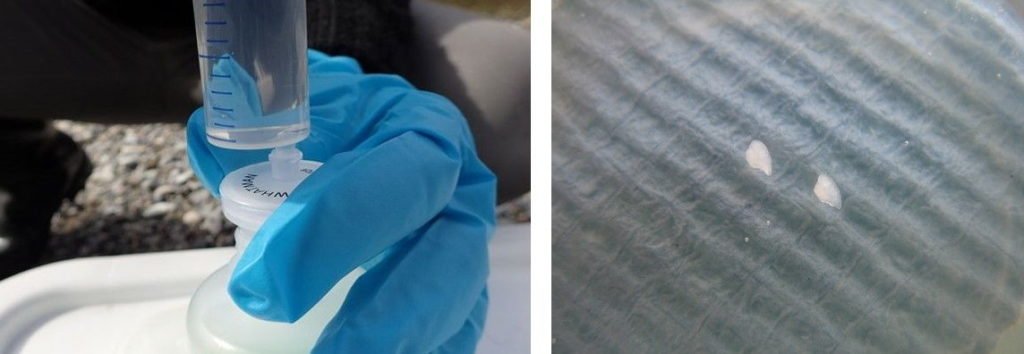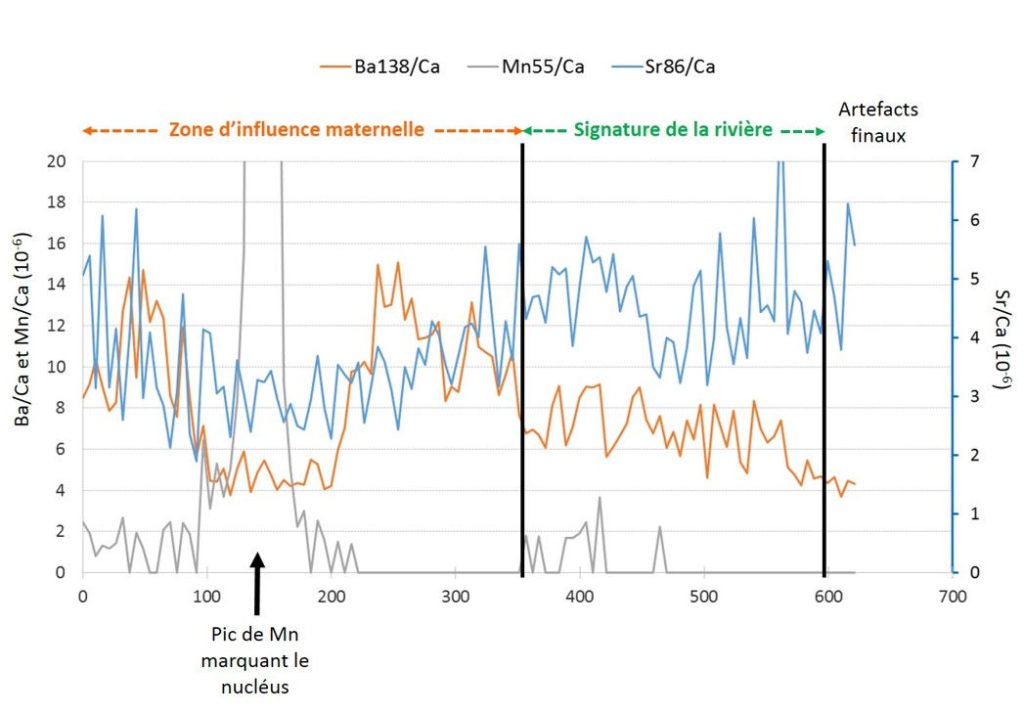Technical FOCUS: our tools for assessing the ecological continuity of rivers
The development of hydropower is often accompanied by a break in the ecological continuity in many rivers. In Switzerland, the revision of the Federal Law on the Protection of Waters (LEaux) passed in 2011 makes the improvement of the fish migration mandatory for existing structures. Thus, the cantonal and federal services and the suppliers of hydroelectric energy work together to reduce the impact of structures on aquatic ecosystems and make them passable by fish fauna. In France, the “Grenelle 1″ law planned the constitution of “blue infrastructures” in order to promote the formation of coherent ecological networks to preserve natural areas and biodiversity. The new classifications introduced by the 2006 Water Act and specified by Article L214-17 of the environmental code identifies the rivers ” to be preserved” (List 1) because of their ecological status, their biodiversity and / or challenges for diadromous migratory species. This classification prohibits any new obstacle to ecological continuity regardless of its use. In the rivers listed in List 2 (rivers “to be restored”), the structures must be brought into conformity within 5 years to ensure both sufficient sediment transport and free movement of migratory fish.
The restoration of the ecological continuity of rivers implies to have tools to assess the impact of existing structures on fish passage. SCIMABIO proposes 4 marking tools specifically dedicated to these evaluations: RFID, telemetry, genetics and isotopy. These tools are used alone or in combination to address the various issues and allow approaches at different spatial scales. They are adaptable to all types of environments (streams, rivers or lakes) and fish passages (fish ladders, fish lifts, ramps with concrete blocks, bypassing rivers, downstream migration devices, rustic sills, …).
For example, we use these technologies to:
- Diagnose crossing problems for a given obstacle;
- Assess the effectiveness of a fish passage for upstream or downstream migration;
- Identify precisely the dysfunction of facilities for upstream or downstream migration;
- Estimate the biological gains related to the restoration of fish continuity;
- Perform studies on migration patterns in rivers or reservoirs ;
- Consider life histories in restoring continuity;
- To study the cumulative effects of fish discontinuity at the scale of a watershed.
1. RFID
The RFID technology (Radio Frequency Identification) can be used to assess the ecological continuity around structures or obstacles to the free movement of all fish species. Firstly the structures (downstream ramps, fish passes, headrace canal,…) have to be equipped with antennas that will detect and record the ID tag of the marked individuals that engage in these structures. Furthermore the fish have to be captured and marked with PIT Tags (Passive Integrated Transponders from 12 to 32 mm). SCIMABIO has an important feedback and experience in the use of transponders (Half-Duplex PIT tag) and in the setting up of RFID technology applied to fish, in natural streams as well as around hydroelectric structures (see technical focus).
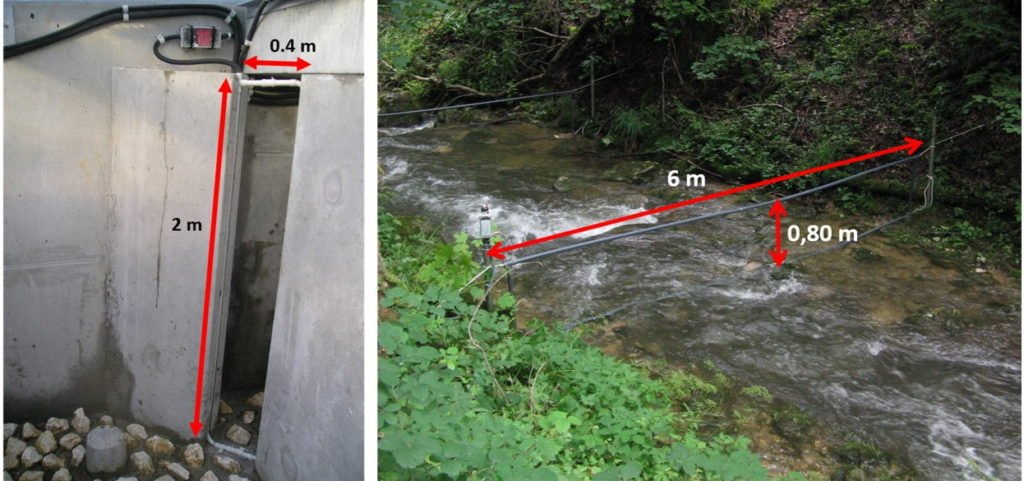
Vertical antenna installed in a natural stream and antenna fixed in an indentation around the door of a fish pass (copyright SCIMABIO)
2. Telemetry
We use radio or acoustic telemetry to monitor the movement of individuals and identify fish behaviours, especially around hydroelectric dams.
The technique consists in following at a distance the individuals that have been marked beforehand. Thus in the first step, individuals are equipped with a transmitter tag, and then in the next step, we use mobile or fixed receptors that will detect and record the radio signals sent by the marked individuals. Several technologies have been developed to adapt telemetry to various situations (marine or lake environments, flowing waters, bathymetry, studied species, size and number of individuals to be marked, length of the project and its geographical spread…). Thanks to our scientific collaborations, we propose different types of systems according to the objectives and the layout of the site.
At present, surgical marking, consisting in planting the transmitter into the abdomen of the fish, is the recommended method. However, this remains a surgical operation, and thus is subjected to a strict legislation and must use technical and sanitary precautions. Furthermore, only qualified operators can perform this type of marking. We are trained to the surgical techniques used for marking fish and are both in possession of diplomas delivered by the Veterinary University of Nantes (ONIRIS). SCIMABIO is a member of the ethical comity on animal experimentation and is registered in France to lead and carry out projects involving surgical marking for scientific purposes.
We offer various implications in telemetry monitoring projects, from the conception of the experimental design, the choice of technology, the surgical marking, the setting of the receptors, all the way to the analysis of the data.
3. The genetic tool
Genetic markers are very useful to study the effects of obstacles on the scale of a population (reduction of gene flow, loss of diversity within isolated populations), and to evaluate in time the efficiency of the measures for continuity restauration or migration enhancement.
With a large experience in conservation and restauration of indigenous fish populations, SCIMABIO has real expertise in genetics and has a partnership with several genetic laboratories. We offer specific genetic solutions to any problem dealing with fish migration and ecological continuity.
4. Micro-chemical and isotopic markers
This is a recent and highly specialized technique, that undergoes regular innovations allowing the development of new possibilities of application. It is particularly convenient for the study of migratory species in large catchment areas. The principle is based on the analysis of the chemical elements (such as Calcium, Magnesium, Strontium, and Barium) that the fish assimilates in its bones throughout its life. These chemical elements can be used as true natural markers that can inform us on the origin of the fish and the various environments it has lived in. The otoliths are small calcified structures found in the internal ear of the fish. They are formed by a daily layering of Calcium Carbonate and proteins throughout the fish’s life. The chemical elements found in each of these layers are proportional to those found in the environment around the fish. The analysis of trace elements and/or isotopic ratio present in the otoliths are thus likely to inform us on the environment occupied by the fish at the various development stages; but only as long as the geochemical composition of the various frequented environments are sharply contrasting.
We collaborate with research institutions and fishery managers on various projects with the aim of researching the birth place of the fish or to identify the changes of environment (migrations) throughout its life cycle. SCIMABIO thus plans to promote a better transfer of scientific knowledge towards the managers in this increasingly popular domain, offering a real breakthrough in the understanding in the ecology of fish species and new perspectives for their management.

